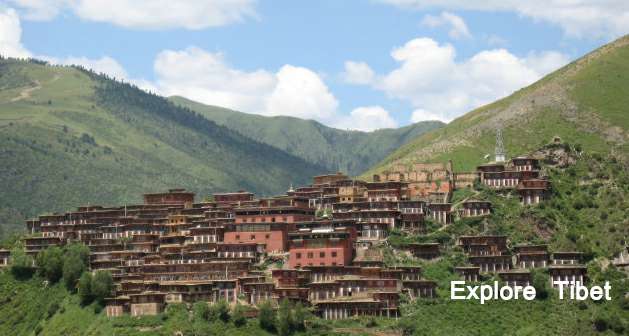
Dzongsar monastery is located in the southeast town of Derge county in the Garze Tibetan Autonomous Prefecture of Sichuan, China. The monastery was built in 746 AD by a Lama from Bon Sect of Tibetan Buddhism. There was Bon shrine remained until Cultural Revolution in Tibet. The Bon monastery was transformed into a Nyingma Sect of Tibetan Buddhism and then changed into Kadampa monastery. Later in 1275, it was built by Drogon Chogyal Phagpo when he returns from China and as he from Sakya Sect of Tibetan Buddhism. As of now, it belongs to the Sakya School of Tibetan Buddhism and the main seat of Jamyang Khyentse Wangpo and Jamyang Khyentse Choekyi Lodro. The other main masters of Dzongsar were the Gongna Tulku and Ngari Tulku. During the Cultural Revolution in Tibet, due to the violent nature of the rebellion, all the temples were destroyed including the shrine of Bon build in 746 AD. The old monastery is located on the hilltop and rebuilds under the guidance of Ladro Phuntsok from 1983 onward. It is now restored to its former glory. There are nearly 500 permanent resident monks but the number of incoming practitioners is increasing yearly. Though Dzongsar monastery was built on the principle of Sakya School of Tibetan Buddhism, it was known for the flexible in its teaching and made it possible to study five major Schools of Tibetan Buddhism and three minor schools of Tibetan Buddhism texts’. The monastery had around twenty-three different size of temples and many sacred rooms for the old statues. It also contained hermitages such as Khamshe Shekdra, Karma Taktsang retreat centre, Gargu Jamgchup Riterek retreat centre Zingkhok Trawo retreat centre and Tsedrak Drulphuk. There is the temple of Tsachuk Chenresig Lhakang, Thangthog Gyalpo and others. It had the unique collection of old Tibetan Buddhist scriptures and teachings gathered by Jamgon Kongtrul, and Chogyur Lingpa and Khyentse Wangpo.
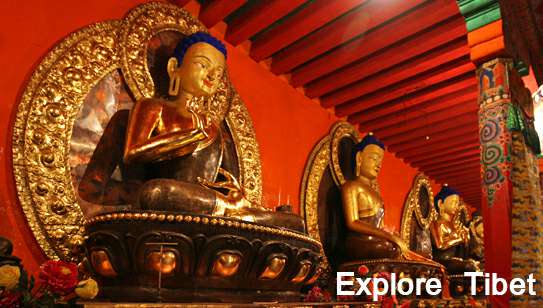
Dzongsar monastery was categorized into two, monastery and another one is called shedra (college). The Dzongsar Khamje College was founded in 1871 in eastern Tibet just below the Dzongsar Monastery. It was designed as a drawn bow and arrow as a symbol of Manjushri, the Buddha of Wisdom. The great master of 18th century Jamyang Khyentse Wangpo and Chokgyur Lingpa advice that a college on this location would greatly benefit from the Buddhist teachings. The original design was implemented by Jamyang Khyentse Chokyi Lodro in 1918. The Dzongsar college was destroyed in 1960 but reconstruction was begun in 1986 under the advice of 10th Panchen Lama and sponsored by Dzongsar Khyentse Rinpoche. The foundation structure was completed in 1989. As the curriculum was set by Jamyang Khyentse Chokyi Lodro, such as the study of Tripitaka, the shastras, the tantras, the poetry, astrology and medicine. The college is still following these curriculums for decades. At present, there are around 500 students in the college and there are around 400 students of monks and nuns who are staying for a long retreat at retreat centres. The 12-year courses taught at the monastic college so-called Shedra, include liturgical studies, Tibetan grammar, poetry Buddhist philosophy, astrology, rituals, other Buddhist practices, 3 years and 3 months of retreat. The Shedra has drawn distinguished faculty, including two learned abbots. They graduated after completing all the courses and earn a degree of Abbot(Khenpo), some still remain in monastery being teacher and look after monastery affairs, some go for long retreat and others go to other institute or helping their own native monasteries in remote areas. As in remote area, the monasteries are much smaller and with poor facilities. They do teaching for young monks and nuns in those areas.
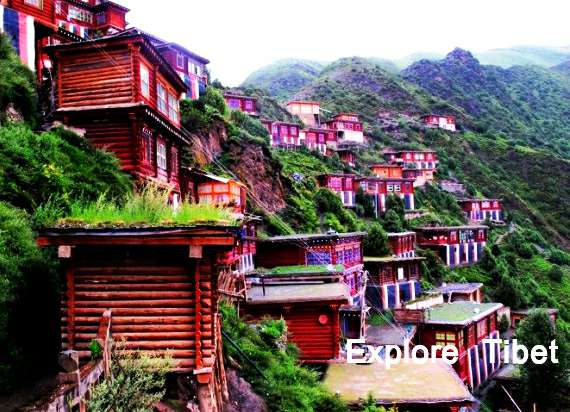
The main temples cover an area of roughly 12 acres. The landscape of the monastery is so wonderful as shine from the hilltop, especially during early morning and evening before the sunset. At the main temple, the monks usually recite old Tibetan Buddhist text and practice as the text guided. The monastery and college are kinds of different way of approach in the administration. In the monastic college, the students are fully dedicated to study texts as per curriculum of the respective college prepared by their teachers. The monastic school continues with its policy of openness and flexibility in its teachings. Even though it belongs to Sakya school of Tibetan Buddhism but they cover other lineage texts such as Nyingmapa, Gelukpa and Bon religion. In fact, the Dzongsar monastery is one of the main examples of non- sectarian institute of Tibetan Buddhism. Dzongsar also runs the school which they teach Tibetan traditional medicines, astrology, Tibetan language and modern education.
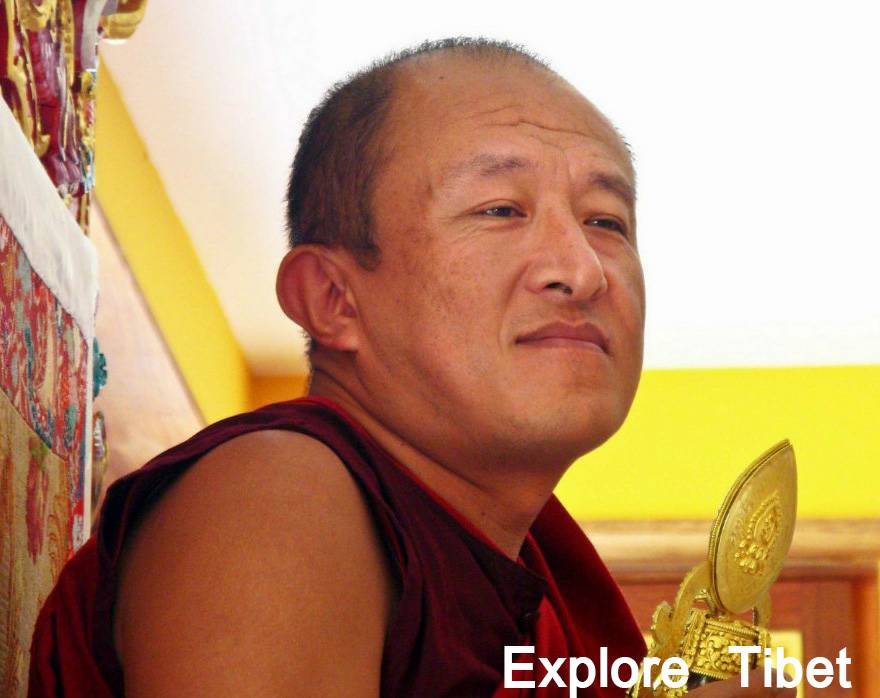
The current head of Dzongsar monastery is Dzongsar Jamyang Khyentse Rinpoche who was born in Bhutan in 1961 and brought up in the state of Sikkim in India. He is the reincarnation of Jamyang Khyentse Choekyi Lodro. He was studied under one the greatest contemporary masters, particularly Dilgo Khyentse Rinpoche and he has root teachers from all the Sect of Tibetan Buddhism. So he is a non-sectarian like his masters. Currently, he lives in Bhutan and he is looking after all monasteries under Dzongsar administration.
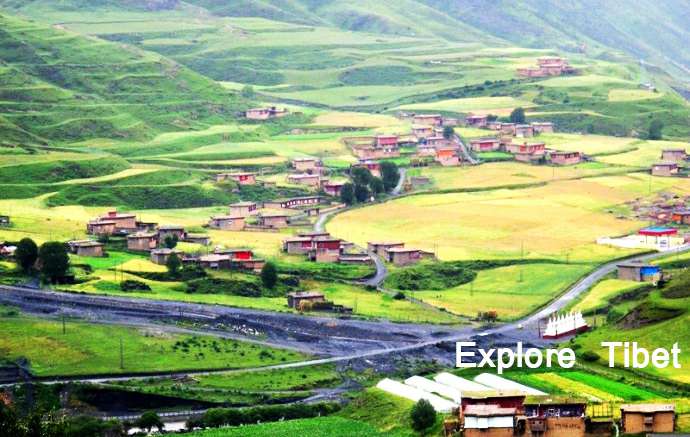
Dzongsar monastery organized many ritual festivals such as Gomchen, undertake monks and yogi for retreats varying from 6 months to 12 years. Every year, more than 70 days of rituals and other Dharma-related activities are performed at the monastery, including the 10-day Phurpai Drupchen, the 8-day recitation of the Kanjur, the 10-day rite (Tshechu) during the fifth month of the Buddhist calendar, the 3-day Chökor (circumambulation), and the 20-day Soendoep (deity appeasement rites). In addition, numerous ad-hoc rituals and ceremonies are performed for the benefit of all sentient beings.
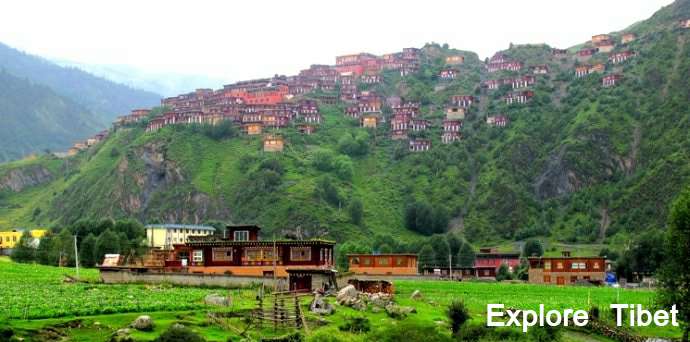
Under his guidance, there are many Dzongsar branches of monasteries, college and Dharma centres all over the world. The monastery is also famous for its incense product and sells it commercially as a brand name as Dzongsar Tibetan Incense Powder and Dzongsar Tibetan Incense Sticks. The incense is made of precious, natural herbs from highland of Derge county. They sell those incense all over Tibetan regions and many say the powerful incense can even prevent infectious diseases. The selling those incense helps to run the monastery in a financial sense as self-reliance, even though there are so many worshipers who sponsor the necessary commodities for the monastery, such as rations, milk, butter and barley are usually offered by local villagers and herdsmen. Hence other facilities are provided by Dzongsar Tulkus and other Lamas within monastery as donated by their followers and worshipers.
We also organize Tibet group tour around Dzongsar monastery. If you have any questions or want to know more about the Dzongsar monastery, please feel free to contact us at [email protected].
